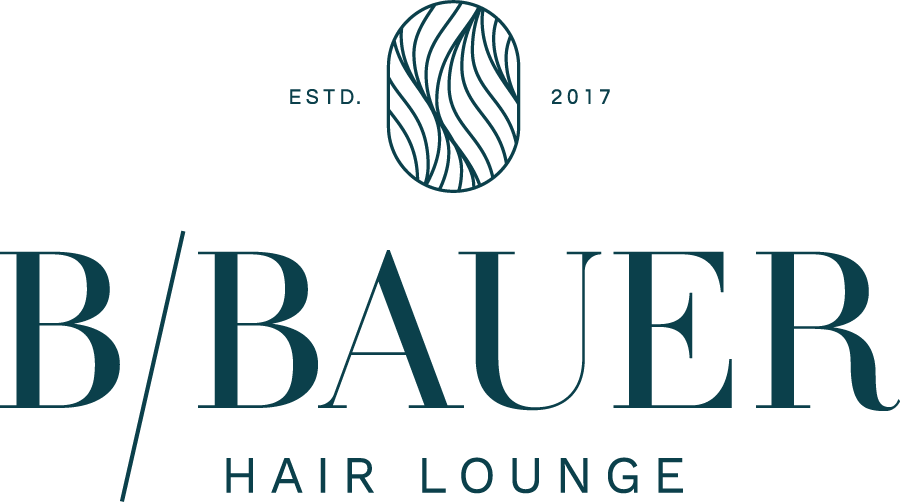Types of Hair Extensions: Which Should You Get?
A worldwide beauty staple, hair extensions have become a popular, high demand way to elevate a person's look without committing to permanent or medically charged changes. In this article, we will step into the world of extensions, going over the various types of hair extensions offered, as well as the differences between each option and how they might impact the health and integrity of your natural hair.
What are hair extensions?
Hair extensions are exactly what the name implies: an extension or enhancement of a person's natural hair. These extensions come in a number of hair types, textures, lengths, and styles, elevating the volume of an individual's hair while also offering an almost infinite amount of creative stylistic opportunities.
Synthetic vs. real hair extensions
Real hair extensions are crafted from real human hair. Remy hair is a classification of human hair extensions that have come from hair that has not been chemically dyed or treated. Alternatively, natural hair can refer to human hair extension that may have been treated or processed at some time.
Synthetic extensions are often crafted out of man made materials such as nylon or acrylic and are purchased at a much lower price point than real hair extensions. While less expensive, there’s less flexibility with synthetic extensions as heat styling and treating the hair is almost always not possible.
Different available types of hair extensions
Before making an appointment, be sure to inform yourself of the different styles of extensions available for installation.
Hand-tied extensions
Hand tied extensions refers to the process of your stylist hand sewing each weft into place. The sewing aspect replaces the need for any clips, chemical adhesives, or bonding agents to be applied to the scalp or hair.
Tape-in extensions
Tape-in extensions are easy to install extensions that adhere to sections of hair using a thin, transparent strip of adhesive. While the type of tape used is not at all like the generic household tape, the application and use is still relatively similar and straightforward.
Nano extensions
Avoiding the use of heat or chemicals to install the extra hair, nano extensions have become a beauty industry favorite. This method not only enhances the clients hair, but protects it by using an application technique that is not damaging. Additionally, this method is wonderful for discrete installation on extra fine hair.
K-tip & I-tip extensions
Keratin tipped extensions, known colloquially as K-tip extensions or bonded hair extensions, are another popular type of hair extension. Small, premade sets of hair strips with keratin tips are aligned with a section of natural hair close to the scalp. With the introduction of heat, the keratin melts and bonds the extensions to the client’s natural hair.
I-tips are installed similarly to nano extensions where a small section of hair is threaded through a bead before a string of hair is inserted and then clamped down upon with the help of some pliers. These pinched beads help hold the unit in place for installation without the need for heat or chemicals.
Halo or clip-in extensions
Halo and clip extensions are amazing ways to quickly revamp your style without the need for a lengthy hair appointment. Halo extensions can be installed in a matter of seconds as it involves a set of hair attached to a thin wire that is worn on the top of the head for a seamless blending experience. Clip-in extensions can be easily applied at home by using the clip on each strand to attach to sections of hair.
Common questions about hair extensions
New to the art of extensions? No problem! Below are some of the questions we get asked most frequently by our clients.
How do you care for your hair extensions?
Care for your extensions depends heavily on which option you choose to invest in. Be sure to get the most out of your hair by discussing proper aftercare with your stylist. A few general tips include:
Handle with Care: Treat your extensions gently to prevent damage. Avoid pulling or tugging on them.
Brush Regularly: Use a soft-bristle brush and detangle your extensions gently to prevent knots and tangles.
Wash Wisely: Wash your extensions only when necessary with sulfate-free products, and avoid hot water.
Minimize Heat Styling: Limit the use of heat styling tools and always use a heat protectant spray when styling.
Be Consistent With Maintenance: At your initial appointment, your hair stylist will let you know when you should come back for removal and replacement.
How much do hair extensions typically cost?
Cost for extensions can vary depending on a number of factors. Usually, hair extensions with keratin infusion can be the most costly option as the quality of the hair is high and time associated with application can be lengthy. The price ranges from $500-$5,000 depending on your desired look, color and fullness.
Will extensions damage hair?
Some extensions result in little to no damage at all, while others may be irritating to both your hair and scalp. Each client is different! That’s why we always recommend a consultation so that your hair specialist can guide you to the best possible option for a wonderful extension experience.
B/Bauer Hair Lounge has an extension solution for you!
The specialists here at B/Bauer Hair Lounge truly believe that everyone deserves to have the hair of their dreams. Let us help you embrace your hair goals and make them the reality it should be! Visit our website for more information and a list of helpful hair services to get your hair journey on its way.

